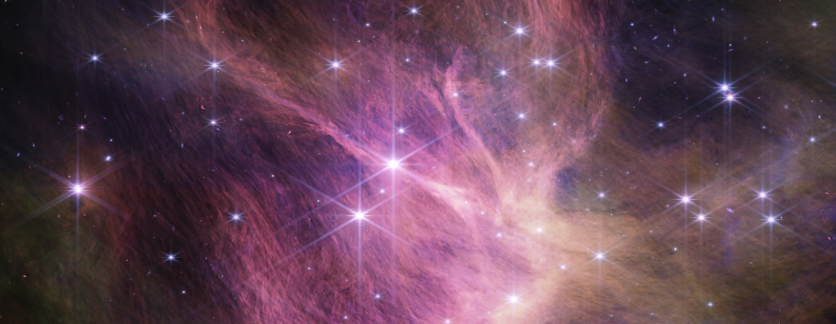NASA's James Webb Space Telescope has achieved a huge milestone with the discovery of a tiny celestial object! The powerful telescope detected the smallest free-floating brown dwarf ever identified.
NASA noted that brown dwarfs exist on the boundary between stars and planets, and they are born through gravitational collapse but lack the density and heat required for hydrogen fusion, preventing them from becoming stars. Notably, some brown dwarfs are also comparable in size to giant planets, such as Jupiter.

Star Cluster IC 348
The discovery was led by Kevin Luhman of The Pennsylvania State University, who, along with colleague Catarina Alves de Oliveira, utilized the James Webb Space Telescope to explore the star cluster IC 348, located 1,000 light-years away in the Perseus star-forming region.
At approximately 5 million years old, the youth of this cluster ensured that any brown dwarfs within it would emit a relatively bright infrared light due to the heat generated during their formation.
Employing the telescope's Near-Infrared Camera (NIRCam) and Near-Infrared Spectrograph (NIRSpec), the team identified three potential brown dwarf candidates with masses ranging from three to eight times that of Jupiter.
The smallest of these, with a mass of only three to four times Jupiter, set a new record for the tiniest free-floating brown dwarf. The researchers faced the challenge of explaining how such a diminutive brown dwarf could form.
Unlike stars, which can develop from heavy and dense gas clouds, the weaker gravity of a brown dwarf makes it more challenging for a small cloud to collapse and create one, especially with masses comparable to giant planets.
These tiny brown dwarfs not only offer insights into the star-formation process but also provide valuable information for understanding exoplanets.
The overlap in mass between the least massive brown dwarfs and the largest exoplanets implies similar properties, making the study of free-floating brown dwarfs more accessible than studying giant exoplanets, often concealed within the brilliance of their host stars, according to NASA.
Moreover, two of the identified brown dwarfs exhibited a spectral signature of an unidentified hydrocarbon - a molecule with hydrogen and carbon atoms. This detection marks the first instance of such a molecule in the atmosphere of an object beyond our solar system.
Read Also : NASA's James Webb Space Telescope Finds Something Weird Inside Mysterious 'Brick' in Milky Way
Unexpected Findings of NASA's James Webb Space Telescope
The unexpected findings open new avenues for understanding atmospheric compositions in celestial bodies with younger ages and lower masses than previously studied.
While the mass range of the identified brown dwarfs aligns with that of giant planets, the question arises whether they are genuinely brown dwarfs or potentially rogue planets ejected from planetary systems. The team considers the latter scenario less likely, emphasizing the rarity of ejected giant planets and the low probability of such events in the young IC 348 cluster.
Continued exploration of IC 348 and similar star clusters may reveal more objects, clarifying their classification as brown dwarfs or rogue planets. According to NASA, extended surveys could detect fainter, smaller objects, enriching our understanding of celestial bodies on the outskirts of star clusters.
Related Article : NASA James Webb Achieves One of Its First Major Science Goals After Probing the Atmosphere of TRAPPIST Planet





